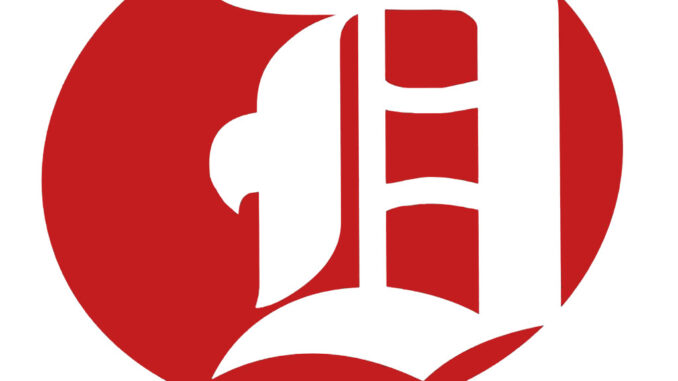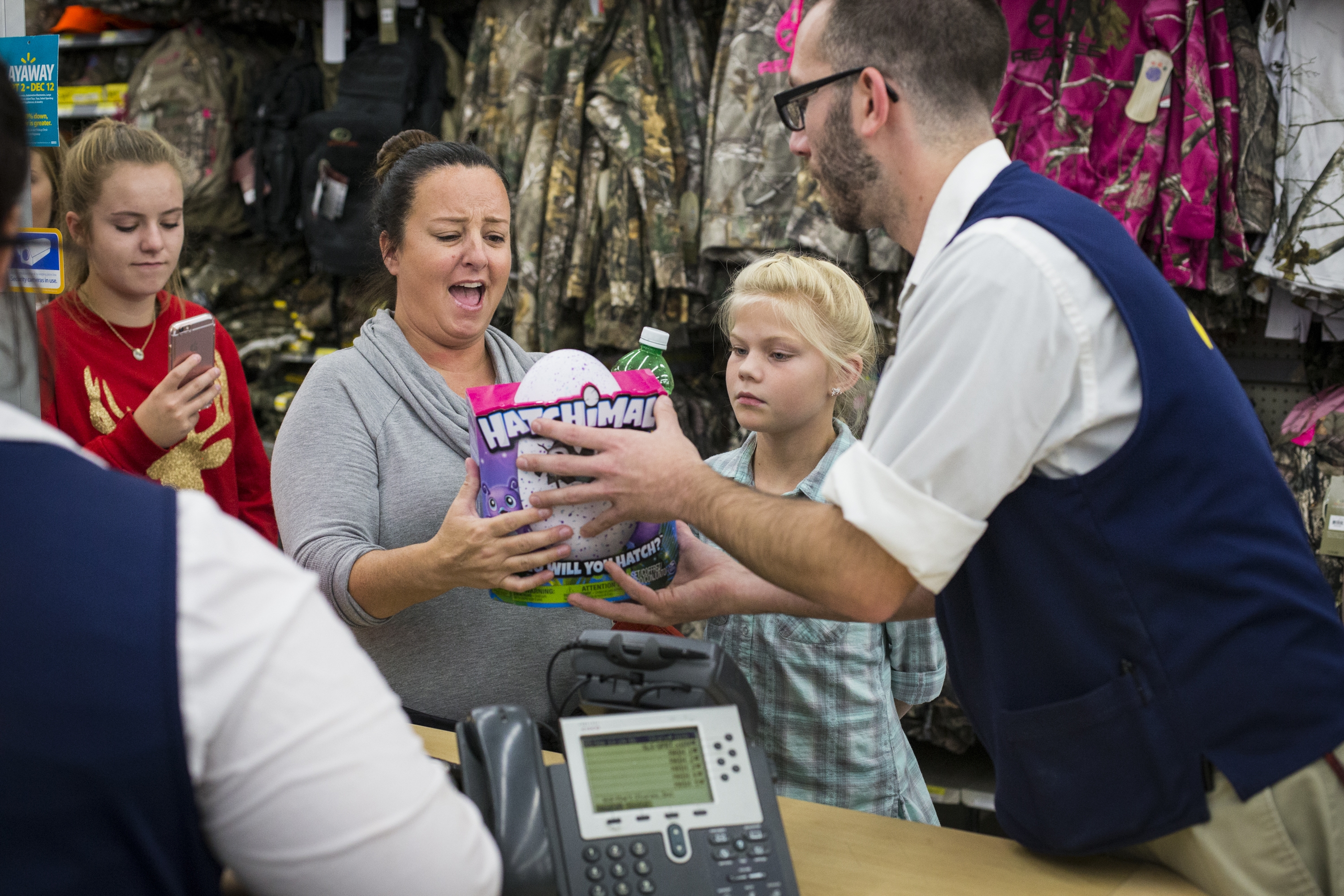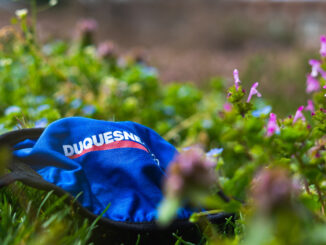
Emma Polen | layout editor
Nov. 4, 2021
People always say that the retail industry has affected their appreciation for the holidays, but maybe it’s really the consumers who influence retail.
Christmas is the top holiday for consumer spending, at an expected high of $859 billion during the months of November and December, according to the National Retail Federation. They also said that Halloween is the second-most time- and money-intensive holiday in the United States.
No wonder I’m stocking the shelves with Halloween decorations at the end of August and Christmas decorations in September.
A survey conducted by the National Retail Federation showed that this year, American households planned to spend, in total, $10.14 billion on Halloween. 2021 will be a record-spending year for the holiday.
Halloween offers a variety of opportunities for people of all ages to celebrate, and this, in turn increases the opportunities to spend. Children and adults participate in and pay for trick-or-treating, dressing up in costumes, carving pumpkins, decorating yards and attending Halloween parties.
Part of the joy I associate with Halloween is baking delicious spooky treats. I usually go for homemade Frankenstein Rice Krispie Treats or pretzels topped with a Hershey Kiss and a candy corn.
While I might buy cupcake liners to pair with my Halloween desserts, this hobby has nothing to do with retail. I bake because I enjoy celebrating with my friends, not because some business is telling me to.
What really seems to set people off is the Christmas decorations that come to stores soon after Labor Day. Some kids are just starting school at that point, and businesses want you to think about buying them gifts.
It might seem excessive to have all of these spending opportunities out so early. But when you consider the statistics of how much consumers spend during the holidays, the common “Christmas Creep” in retail makes perfect sense.
Deloitte, a professional business services network, already has statistics about spending habits this Christmas. Their research shows that overall spending will increase by about 7-9% to reach a total of $1.28 to $1.3 trillion.
Deloitte’s research also emphasizes the increasing role that e-commerce has in holiday shopping. In 2021, online shopping is expected to bring businesses around $210-218 billion.
This increase even tops the expected $189 billion last year while stay-at-home orders still existed in parts of the U.S.
Bob Phipps, the “Retail Doctor”, is a blogger who tracks consumer spending throughout the year. He strongly believes that holiday spending is not a short-lived trend, but something that small and large businesses alike should consider when putting out merchandise.
Phipps brings up a good point in his blog post, “Why Retailers Should Display Christmas Merchandise Before Halloween”: The sooner customers have spent the money they put aside for gift giving, the less they will spend during traditional time for buying holiday gifts.
This means that businesses that wait until late November to advertise holiday deals have already missed the majority of potential customers. Any business that does not board the Christmas Creep train is already behind competitors who pull out the Christmas decorations early.
In a brief on Oct. 27, National Retail Federation’s Chief Economist, Jack Kleinhenz, said, “The unusual and beneficial position we find ourselves in is that households have increased spending vigorously throughout most of 2021 and remain with plenty of holiday purchasing power.”
Already, popular Christmas gifts like LEGOs are hard to come by. If families wait until the last minute to consider gift-giving purchases, they might find what they want already out-of-stock.
Many consumers have already realized this, and even before Christmas advertisements hit the screens, many popular gifts are flying off the shelves.
With recent supply shortages and an ever-intensive fan base, the LEGO brand will have no trouble clearing its inventory this Christmas, if it has not already.
A Harry Potter Diagon Alley set–the same exact model that I bought in 2013 for around $200–is now priced at $999.99 due to its recent rarity.
Even at this inflated price, Brick Fanatics, a fan-run LEGO news site, says that the set continues to sell and will be in high demand throughout this holiday season.
So, next time you’re at your local retailer and you see the Christmas merchandise advertised at the front of the store, remember that it’s not all the industry’s fault. The consumer influences the market as well.



